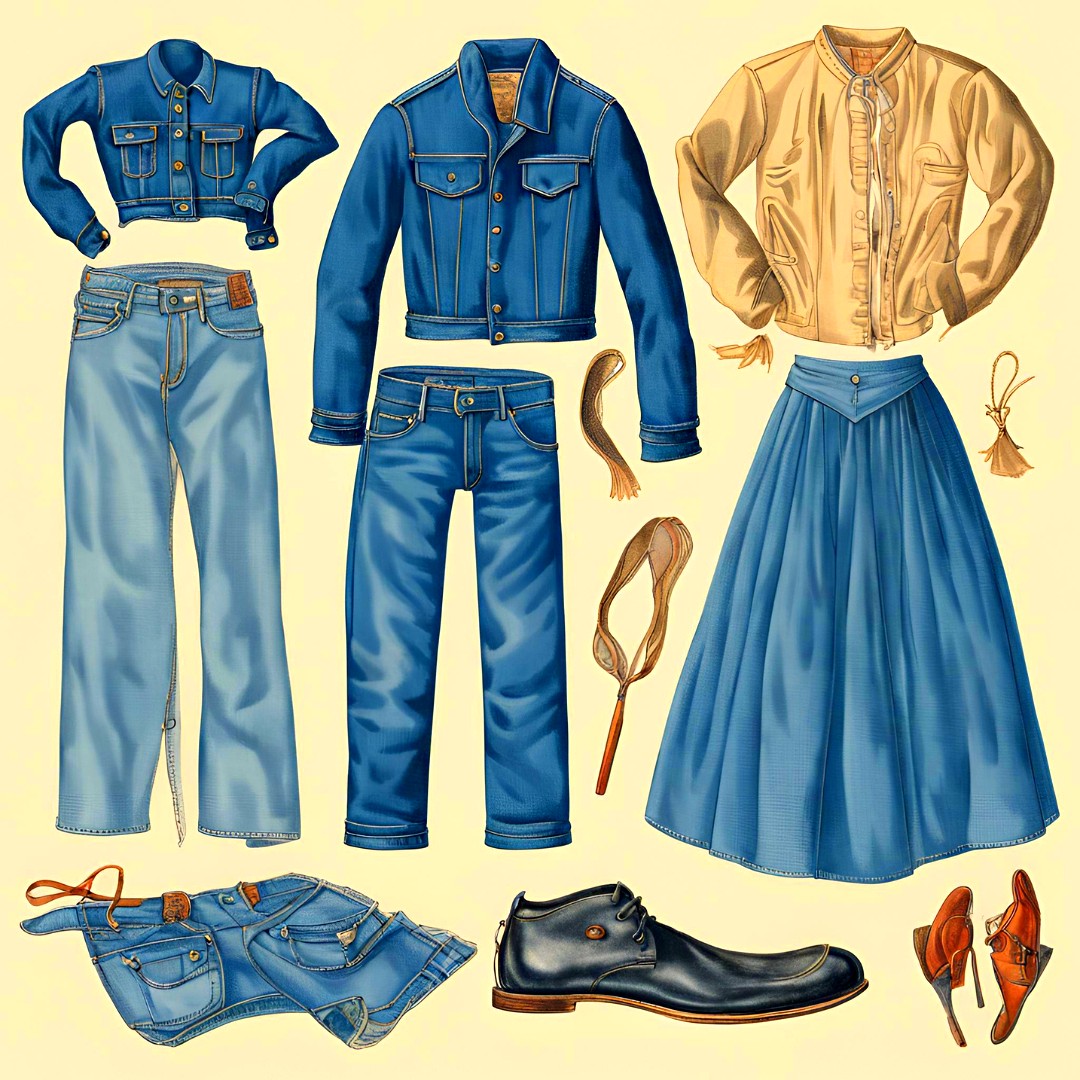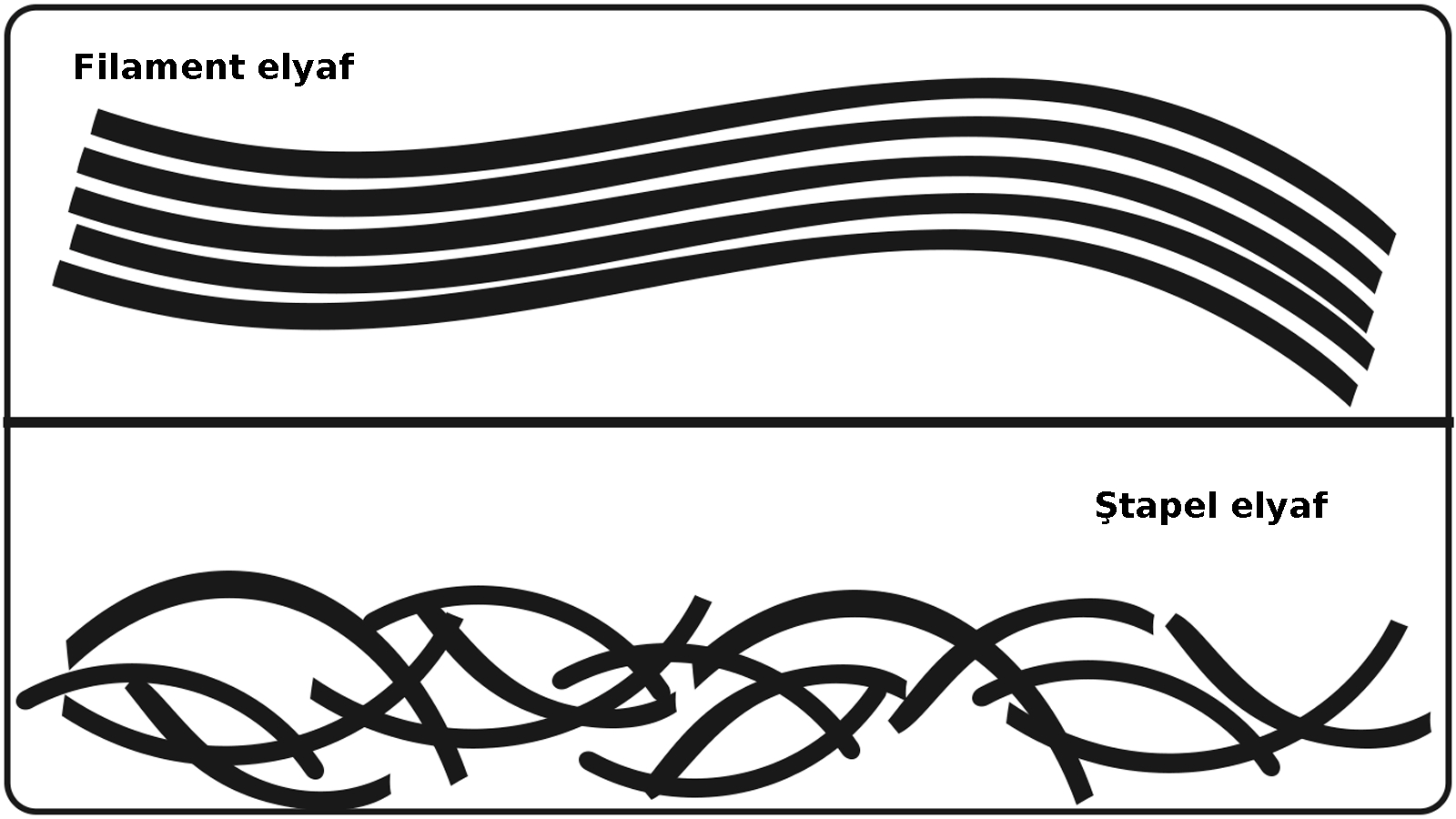Sanding, Napping, Shearing - Mechanical Fabric Finishing Methods In Textile
17:18
0 comments
In contrast to calendaring, which normally makes a fabric smooth, firmer, and shiny, the mechanical finish of sueding makes knit or woven fabrics feel softer and appear more textured. One effect: the surface can be made to resemble sueded leather.
Sanding
How do sanders work? Fabric, open to its full width, is put in contact with one or more abrasive rolls which move at much higher surface speeds than the fabric.
There are basically two types: the multi-roll sander and the pressure or gap sander.
- Multi-Roll Sander
The sanding action associated with the multi-roll sander results from only surface or tension contact. The surface path for the multi-roll sander reveals that the fabric undulates under an idler roll and over an abrasive roll, then continues on to the next repeating sanding unit so it becomes subject to a series of abrasive rolls. Where idler rolls are located affects the result-the lower the idler rolls are in relationship to the sanding rolls, the greater the angle of wrap on the fabric which results in more abrasion. Multi-roll sanders allow for different levels of aggressiveness and can be adapted to use only one grit or different levels on each of the rolls. This system is less forgiving but more precise in application.
- Pressure or Gap Sander
A pressure or gap sander has only one roll of sandpaper but added pressure is applied as fabric runs through a precisely set gap between the sanding roll and the pressure roll. This gap must be less than the thickness of the fabric. The fabric is pushed with force onto the sandpaper. The action of the faster moving abrasive roll against the fabric cuts the fabric to a precisely set thickness, to ten-thousands of an inch.
Napping
Another common mechanical finishing method that appears to rip and tear at the surface rather than cut is napping. Napped fabric produces pile, a fabric effect where fibers are caused to protrude in a dense or high population of the surface. This imparts a feel that is pleasant and plush. To achieve this effect, the napping system employs up to 30 raising or worker rolls that are covered with wire points. Wires are bent and arranged so points strike the surface of the fabric in one of two ways. One roll contains wires with points that directly strike the surface of the yarns in the fabric in a piercing way. This roll, referred to as the Counter Pile roll, pulls fibers from the surface in an unorganized manner. A second roll uses the backs of the bent wire points to strike the fabric in a more combing manner. This roll, referred to as the pile roller, organizes the fibers that have already been lifted from the fabric and makes them parallel. By combining the action of the two rollers, you can get more counter pile action which causes fibers to be random and uneven. Or you can get more pile action, which causes fibers to tuck back into a smoother surface. The speed relation between the counter pile and pile rolls and the type of wire has a big impact on the type of effect achieved.
Shearing
Rollers can be in combinations other than pairs, producing single action, double action, and nappers for knit goods. To give napped fabrics a uniform and even pile height, random length fiber can be removed by shearing. Here is how shearing is achieved: A fabric with fibers, yarns, or loops protruding from the surface is precisely presented to the cutting point of a rotating cylinder and a rigid shearing blade. On the cylinder, multiple spiraling cutting blades create a scissor cutting action as they cross the rigid and straight shearing blade. As a result, the tips of the fiber or yarns are accurately cut across the width of the fabric. With this system, it is important that the blades are aligned properly, or the fabric and blades can be damaged. For example, knitted velour is a terry looped fabric that has been sheared. Tips of the loops have been cut off, so yarns are even in height and spacing. This processing creates a lustrous fabric. More elaborate, sculptured effects where the textured pile is high and low can be produced when shearing machines are specially modified. The smoothness or texture of shearing, the piles of napping, and the sueded appearance of sanding are effects that enhance the appeal of many different popular fabrics.
Chemical Finishing in Textile
-
Ayakkabılarda doğru numara seçimi sağlık ve kullanım ömrü açısından önem arz eder. Kesirli Ayakkabı Numaraları Ne Anlama Geliyor? 🤔 Bazı a...
-
İş sağlığı ve güvenliği için bazı işletmelerde pr ayakkabı kullanımı gereklidir. Ayakkabılarda rastladığımız "PR" terimi, İngiliz...
-
Rahat bir kullanım için ayağın genişliği ve uzunluğuna uygun ayakkabıyı seçmek son derece önemlidir. Ayakkabı Genişlik Terimleri: E, F, FX,...
-
Yeşil renk ve tonları, sarı ile mavi ışığın birleşmesi sonucu oluşur ve fotosentetik pigmentler nedeniyle bitki yapraklarında yaygın olarak ...
-
Lif kısaltmaları tekstilde elbise üretiminin her aşamasında kullanılır. Tekstil, Kumaş, Lif ve Elyaf Kısaltmaları : Tekstil endüstrisi, lif...
-
Kumaşın ön yüzünün ve arka yüzünün gösterimi. Kumaş yüzü (Alm. Stoffvorderseite, Fr. front de tissue, İng. fabric face; face of fab...
-
Türk tekstil ve hazır giyim sektörü: yerli markaların yükselişi. Türkiye'nin lokomotif sektörlerinden biri olan tekstil ve hazır giyim...
-
Mavi polycotton nevresim takımı. Polycotton , polyester ile pamuğu (cotton) karıştırarak elde edilen, her iki elyafın en iyi performans ...
-
Vorteks iplik üretim aşamaları gösterimi. Vorteks (vortex) eğirme sistemi temel olarak bir çekim sistemi ve bahsedilen çekim sisteminin de...
-
Türk ayakkabı markaları, yerli ham maddeyi mükemmel işçilik ve estetik tasarımlarla birleştiriyor. Türk malı ayakkabı ürünler, kalitesi ve e...
-
Türk tekstil ve hazır giyim sektörü: yerli markaların yükselişi. Türkiye'nin lokomotif sektörlerinden biri olan tekstil ve hazır giyim...
-
Akrilik elyaf, iyi yalıtım özelliğine sahip olmasıyla öne çıkan sentetik bir lif türüdür. Akrilik Elyaf: Tanım ve Özellikler Akrilik, ( Alm....
-
Kumaş numunesi. 1) Yapılarına göre (nasıl yapıldıysa o ismi alır) a) Dokunmamış kumaşlar - Nonwoven , keçeler, kağıt telalar, elyaf, vi...
-
Ünlü Türk modacı ve tasarımcılarının kreasyonları artık dünya moda başkentlerinde sergileniyor. Türkiye'de tekstil ve moda sektörünü...
-
Farklı renk ve türdeki kumaş çeşitleri. Kumaş, ipliklerin, çeşitli yöntemlerle bir araya getirilerek oluşturduğu kaplayıcı yüzeylerd...
-
Türk ayakkabı markaları, yerli ham maddeyi mükemmel işçilik ve estetik tasarımlarla birleştiriyor. Türk malı ayakkabı ürünler, kalitesi ve e...
-
Dünyanın en meşhur modacıları. Dünyaca ünlü modacılar Her sezon önce podyumları sonra da vitrinleri süsleyen özel koleksiyonların arkas...
-
Lif kısaltmaları tekstilde elbise üretiminin her aşamasında kullanılır. Tekstil, Kumaş, Lif ve Elyaf Kısaltmaları : Tekstil endüstrisi, lif...
-
Naylon olarak da bilinen polyamid kumaşlar sentetik kökenli bir kumaş türüdür. Polyamid ya da naylon (Alm. Polyamidfaser, Fr. fibre ...
-
Tekstil ürünlerinin etiketlerinde yıkama, kurutma ve ütüleme ile ilgili semboller bulunur. Tekstil Ürünleri için Tavsiye Edilen Yıkama Tali...


















































































































0 yorum:
Yorum Gönder
Merhaba, daha kaliteli bir site için yorumlarınızı bekliyoruz.